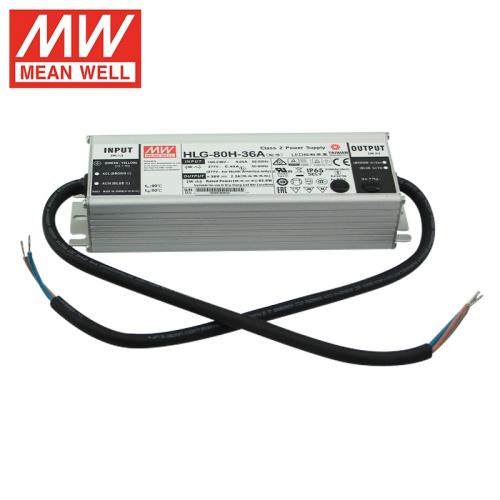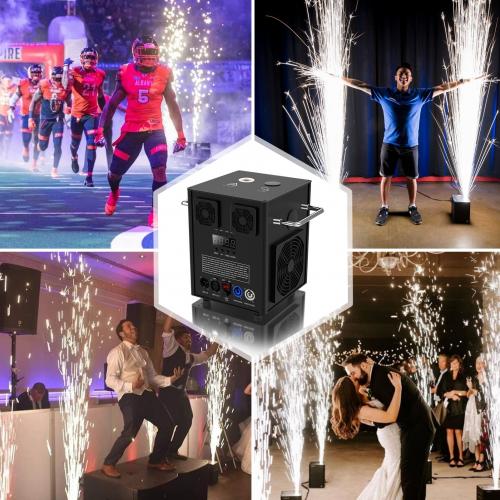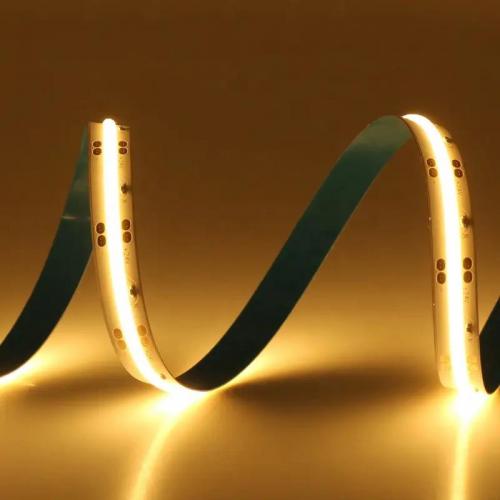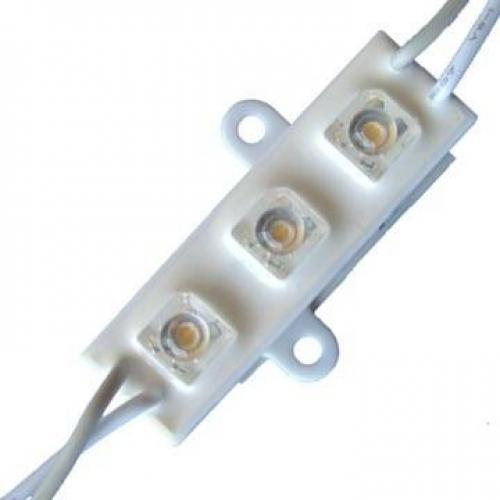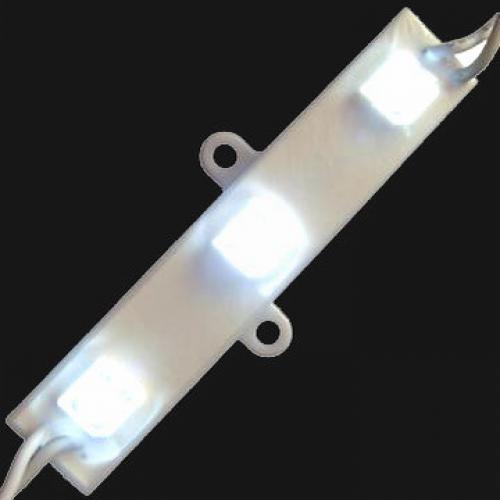What is a LED module?
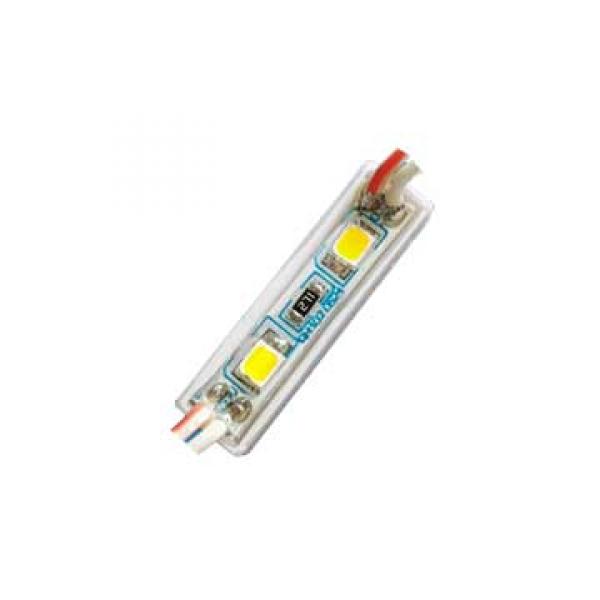
Light Emitting Diode (LED) technology has revolutionized the lighting industry with its efficiency, reliability, and versatility. LED modules are central to this innovation, but many may wonder what exactly an LED module is and how it functions in various applications. In this article, we delve into the world of LED modules, exploring their components, types, applications, and advantages to provide a comprehensive understanding of why they are critical to modern lighting solutions.
At its core, an LED module is a packaged assembly of light-emitting diodes (LEDs) arranged on a printed circuit board (PCB) designed to emit light when an electrical current passes through it. These modules can vary in size, shape, and complexity, depending on the intended use and lighting requirements. LED modules are not standalone lights; they are often integrated into lighting fixtures or products and require an appropriate driver to operate.
Typically, an LED module consists of several key components:
- LEDs: The primary light source, LEDs are semiconductor devices that convert electrical energy into light efficiently. They are known for their long lifespan and energy savings compared to traditional lighting technologies.
- PCB: The printed circuit board serves as a platform for mounting the LEDs and connecting them electrically. It is usually designed to aid in heat dissipation, which is vital for maintaining the performance and longevity of the LEDs.
- Optics/Lenses: Some LED modules incorporate lenses or reflectors to direct light in a specific pattern or angle, enhancing the lighting effect or focusing the light more accurately for particular applications.
- Heat Sink: Effective thermal management is crucial for LED performance. A heat sink is often part of the module to dissipate heat away from the LEDs, preventing overheating and potential damage.
- Housing/Enclosure: Depending on the application, the module may have a protective housing to shield it from environmental factors such as moisture and dust.
LED modules come in various configurations tailored for different applications:
- Linear Modules: Often used in strip lights and linear fixtures, these modules are long and narrow, making them suitable for under-cabinet lighting, cove lighting, and general illumination.
- Round or Square Modules: These are commonly used in downlights, ceiling lights, and some floodlights, where a compact shape is beneficial.
- Flexible Modules: These modules can be bent or flexed into different shapes, making them perfect for creative designs and installations such as signage or architectural lighting.
- High-Power Modules: Designed for applications needing significant illumination, like streetlights or industrial lighting, these modules have enhanced heat dissipation mechanisms and robustness.
LED modules are prevalent across numerous sectors due to their versatility:
- Residential Lighting: They provide efficient lighting solutions for homes, offering options for ambient, task, and accent lighting.
- Commercial Architecture: From office spaces to retail environments, LED modules enhance spaces with efficient and stylish lighting solutions.
- Automotive Lighting: LED modules are increasingly used in vehicles for headlights, taillights, and interior lighting due to their low power consumption and design flexibility.
- Display and Signage: LEDs in advertising and informational displays offer high brightness and color quality, making them ideal for attention-grabbing signs.
- Industrial Applications: With robustness and endurance, LED modules are suitable for harsh environments like manufacturing plants and warehouses.
The benefits of LED modules are numerous:
- Energy Efficiency: LEDs consume significantly less energy than traditional lighting solutions, such as incandescent or fluorescent bulbs, leading to more sustainable energy use and reduced electricity bills.
- Longevity: With lifespans reaching up to 50,000 hours or more, LED modules reduce replacement frequency and maintenance costs.
- Durability: LEDs are solid-state devices that can withstand vibrations and impacts better than other lighting technologies.
- Color Diversity: LED modules offer a wide range of color temperatures and hues, allowing for customization in lighting design from warm to cool tones.
- Environmental Friendliness: LEDs contain no hazardous materials like mercury, making them eco-friendly and safer for the environment.
Despite their advantages, there are considerations when implementing LED modules:
- Initial Cost: Although prices have been decreasing, LED modules can have higher upfront costs compared to traditional lighting options. However, the energy savings and long life often justify the initial investment.
- Thermal Management: Poor heat dissipation can reduce LED lifespan. It is vital to ensure proper thermal management in design and installation.
- Compatibility: LEDs require specific drivers and controls, which need careful selection to ensure compatibility and optimal performance.
In conclusion, LED modules are an integral component of modern lighting technology, valued for their energy efficiency, long lifespan, and versatility across various applications. As the demand for eco-friendly and cost-effective lighting solutions grows, understanding the functionality and benefits of LED modules becomes even more critical. Whether for residential, commercial, automotive, or industrial use, LED modules offer a future-ready approach to lighting that meets diverse needs while delivering on sustainability and performance. As technology continues to evolve, LED modules are expected to play a crucial role in further advancements, including smart lighting systems and integrated electronic solutions.

 Afrikaans
Afrikaans Čeština
Čeština Dansk
Dansk Deutsch
Deutsch Español
Español Francais
Francais Italiano
Italiano Magyar
Magyar Nederlands
Nederlands Norsk
Norsk Polski
Polski Português
Português Română
Română Slovák
Slovák Suomi
Suomi Svenska
Svenska Tiếng Việt
Tiếng Việt Türk dili
Türk dili Ελλάδα
Ελλάδα Русский
Русский اللغة العربية
اللغة العربية แบบไทย
แบบไทย 中文繁體
中文繁體 日本語
日本語 한국인
한국인
